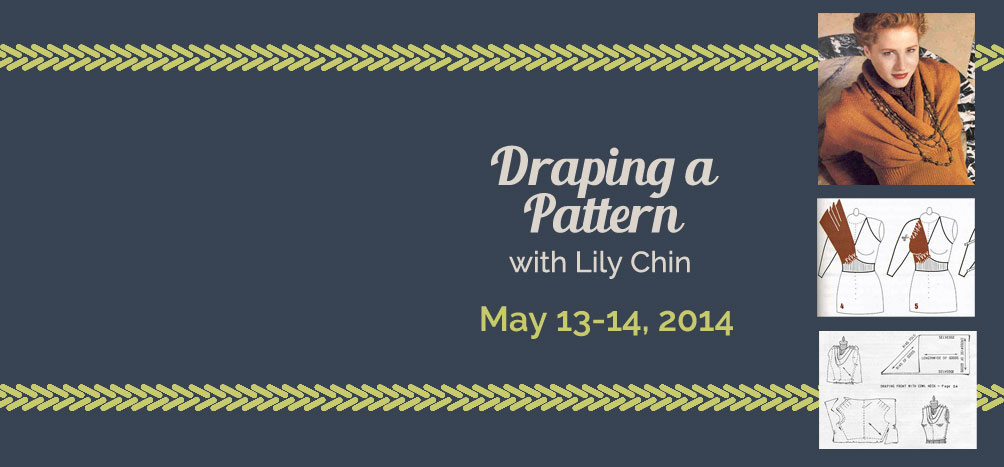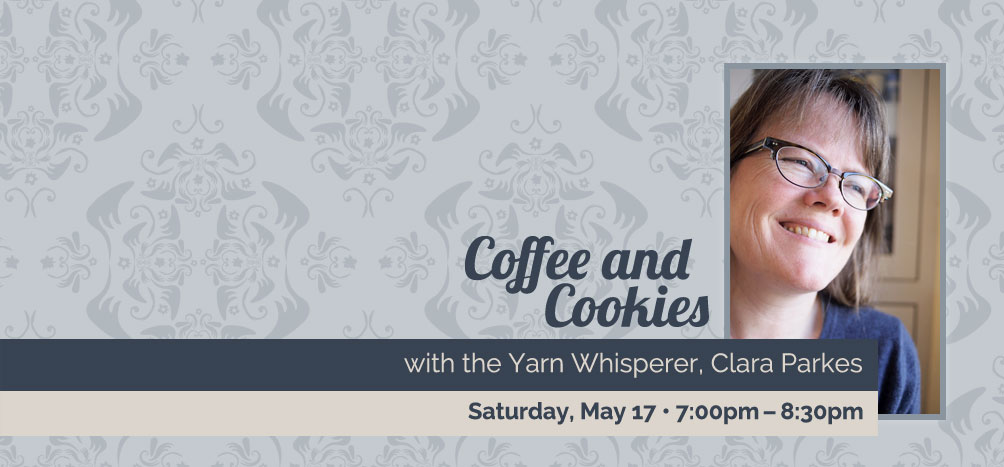Knitting Lab: Around the World in 6 Days
Discover unique regional, ethnic and historical techniques and traditions through three days of classes and seminars—all presented by a roster of recognized knitting luminaries. Join us to deepen your knowledge of knitting history and expand your technical horizons!
Knitting Lab 2014 is located at Radission Hotel Manchester - 700 Elm Street, Manchester, NH 03101
NEW: 2-Day Intensive Workshops
Knitting Lab brings the world to you, with techniques representing a global perspective. |
Learn from the Experts in Small, Intimate ClassesClass size is limited so you get plenty of hands-on instruction from a variety of experts in the field. |
Browse the Knitters’ MarketplaceExplore the intimate, curated marketplace for unique finds and specialty pieces. From hand-dyed yarns to patterns to knitting accessories, you’ll find everything you need in the Knitters’ Marketplace. |




